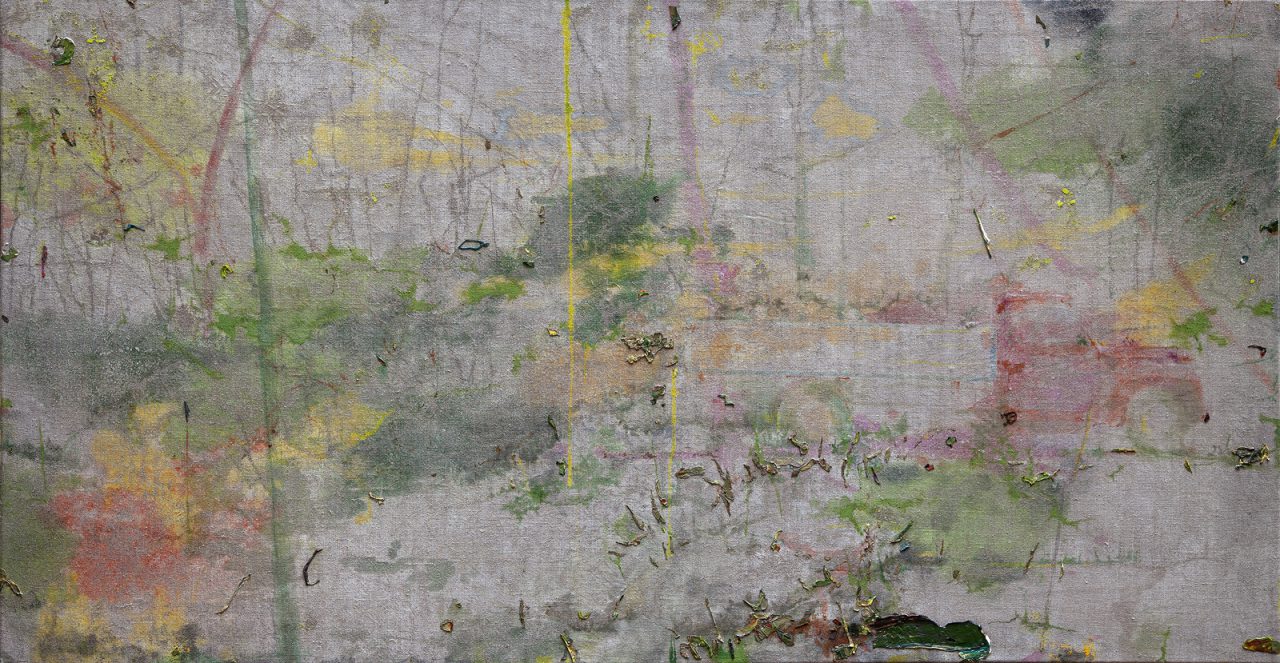
BERNHARD MARTIN
...Page is loading...

Sophia Zalman
Berlin, Germany
Wesenberg works less on the diligent, imitative rendering-visible of his surroundings than on rendering all the material aspects of painting visible, including everything that is possible using paint and by working on a picture ground. However, in that process the visible indicating some detail in nature may be abandoned in favour of the specific visibility of the reality of painting. That is to say, every painting arises from within itself. It...
Read moreWesenberg works less on the diligent, imitative rendering-visible of his surroundings than on rendering all the material aspects of painting visible, including everything that is possible using paint and by working on a picture ground. However, in that process the visible indicating some detail in nature may be abandoned in favour of the specific visibility of the reality of painting. That is to say, every painting arises from within itself. It happens of its own accord; even if the artist is wielding the paintbrush, the painting takes the artist by his hand. For Wesenberg, the identity of the painting as an autarchic object counts for more than the subject matter it portrays. The How of painting takes precedence over the What.
© 2019 Christoph Tannert
© 2019 Translation Fiona Elliott
2021
Kunstverein Flensburg, Germany (upcoming)
2020
Künstlerhaus Bethanien, Germany
2019
Wunderbilder, Kunstverein Mainz, Germany
show all
2020
0+255, Haus am Lützowplatz, Berlin, Germany
2019
Geheimnis und Faktum, Galerie Alte Schule Adlershof, Berlin, Germany
Slag Gallery | https://www.slaggallery.com/chelsea_art_gallery/artists/paul-wesenberg
1996, DAAD-Preis
1992 , High School of Art Minsk, Belarus
2005 , Muthesius University of Art, Kiel, Germany
Hence the art of Paul Wesenberg is instinctively investigative, in that he seeks at one level simply to enrich and expand upon the language of painting, yet in another respect his focus is directed elsewhere. That is to say he takes the self-reflexivity common to contemporary painting, but rather than psychologising it into immediate states of self-awareness, he turns it towards the residual limits of materiality through ground as support and the art medium as application. In this sense he reminds us that the modernist language of painting is not dead, and is a sub-text that entered postmodernism as a subterranean chameleon of discontinuous presence. From MATTER AS METIER (The Paintings of Paul Wesenburg) © 2018 Mark Gisbourne